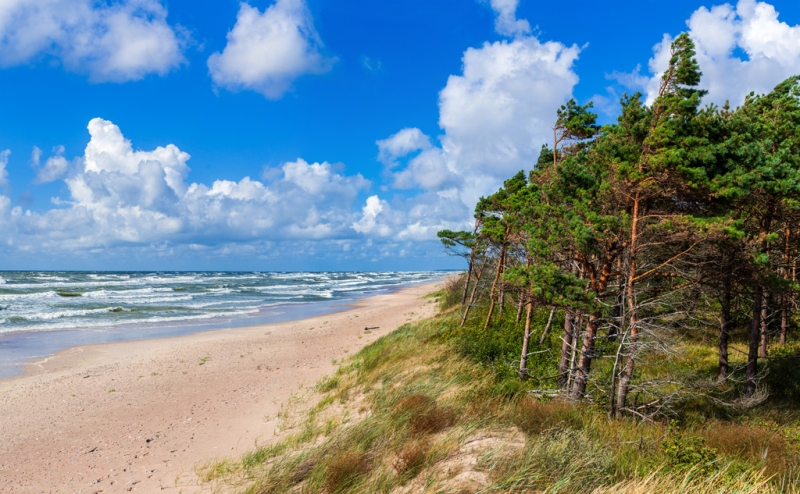
Lithuanian Palanga, like few other resorts, teaches you to enjoy the present moment and improvise. Whatever you plan in advance, the unpredictable Baltic weather will make adjustments and you will have to act impromptu. And that’s good.
Not everyone will like Palanga. Firstly, in the Baltics it can be cool in the summer, but the Baltic Sea usually warms up to a comfortable temperature for swimming by July. Secondly, even if you are traveling in the summer, you need to carry more luggage than in the south: for hot weather, for cold weather, for weather with strong winds, plus an umbrella. Thirdly, of course, there is a noisy Basanavičius street with bars, restaurants and attractions, but overall Palanga is a calm and quiet resort. Baltic-style restrained.
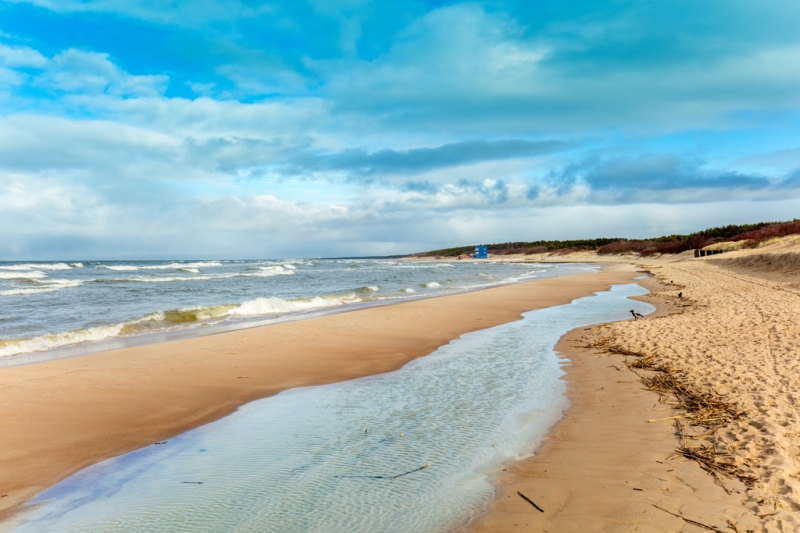
If the above doesn’t scare you, then let’s move on to the advantages of Palanga. There are a lot of them. First of all, a gentle climate. The average daily temperature in July-August is +22 degrees Celsius, which is healthier than the heat and scorching sun for both adults and children. Another advantage of Palanga is its wide sandy beaches. Walking on sand, running, playing sports and building castles out of it is a pleasure. Convenient entry into the sea. Pure pine groves stretch along the entire coast. In mid-summer, their pine scent merges with the scent of blooming linden.
Lithuanian national cuisine can hardly be called dietary – the zeppelins alone (huge dumplings made from raw and boiled potatoes stuffed with minced meat) are worth it. However, it’s worth a try: Lithuanian amber beer, bread with cumin (Russian bakers, with all due respect, no matter how hard they try, cannot replicate this taste),
cold borscht (no, it’s not the same as you might be used to). Lithuania has always been famous for dairy products. In the center of the city there is a market where farmers from surrounding farms come early in the morning to the sounds of the bells of the Church of the Assumption of the Virgin Mary and the cries of seagulls.
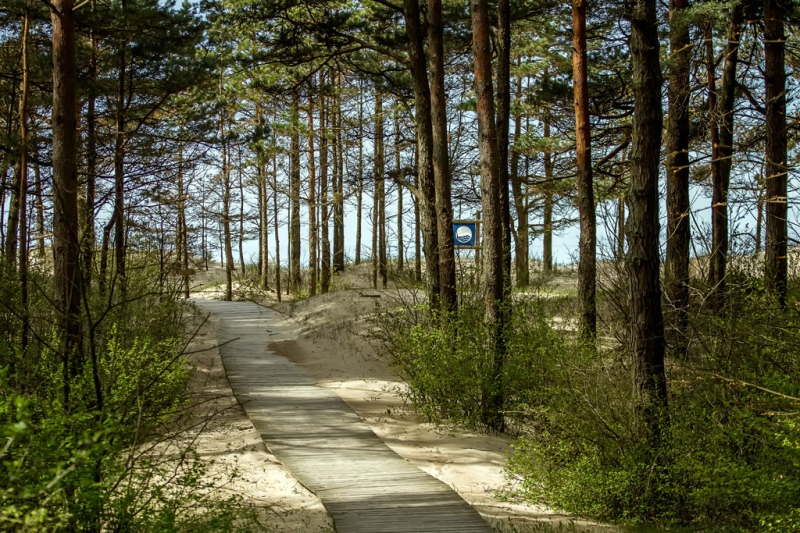
Two words about the local wind. Sometimes it blows with such force that a normal stay on the beach becomes completely uncomfortable. Then Lithuanians use large sun umbrellas as wind shields, as well as special awnings – they can be found in beach shops. You can also hide from the wind in the endless whitish dunes, painted in strictly pastel colors. Take cover to, say, read Joseph Brodsky. The poet visited Palanga several times and dedicated several poems to this place. Now one of the bridges over the river Razhe is named in his honor. Brodsky lived in the mansion of the Counts Tyshkevich, in a semi-basement room where a dormitory was equipped for the workers of the Amber Museum that was then being created – the future Nobel laureate was friends with one of the employees.
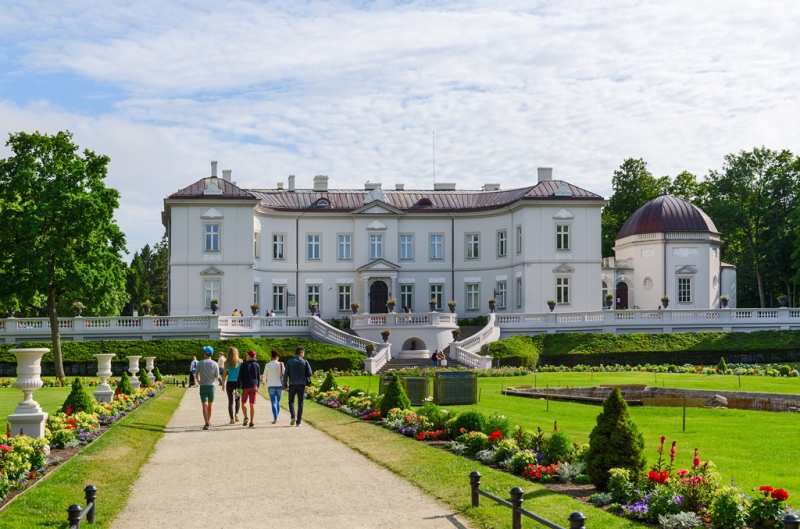
The Amber Museum is still open today. Its building is located in the Botanical Park, one of the largest and most picturesque in the Baltics. Entrance to the museum is free. Jazz concerts and brass band performances are periodically held here. You can find out about all events at the Palanga information center – it is located next to the market and bus station. In the Botanical Park, as in the whole of Palanga, there are many bicycle paths. Local residents use two-wheeled transport as their main mode of transport, and many tourists do too – fortunately, bike rental in the city is well developed. You can even ride a bicycle along the coast and pine groves to the nearest large port city of Klaipeda, which is about 30 kilometers away.
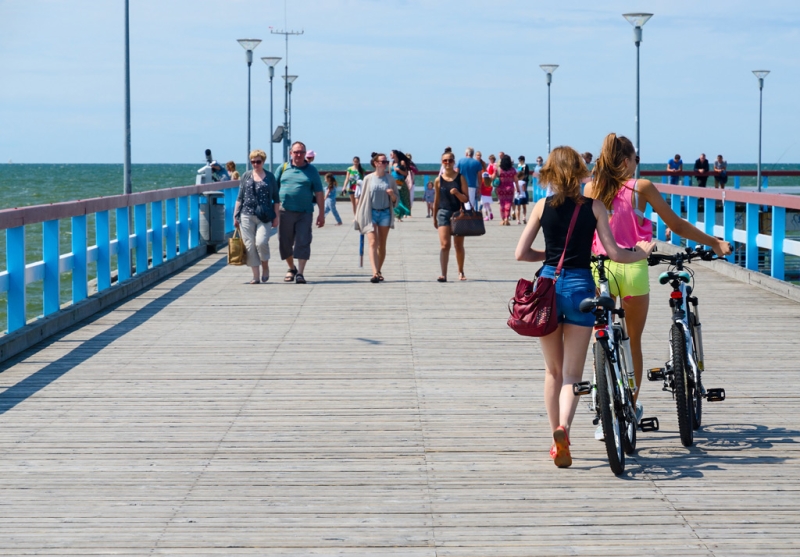
Around the city there are several entertainment centers for the whole family: rope towns, petting zoos, craft workshops. From Palanga via Klaipeda, and from there by ferry you can go to the Curonian Spit and see the place of Nida, magnificent in its beauty and uniqueness.
How to get to Palanga? If not by personal vehicle, then by plane to Vilnius or
Riga, and from there by bus. Or by plane all the way to Palanga, but this year flights from Moscow only have a transfer.
Where to live? In five-star hotels, apartments in private villas or in the democratic private sector. The consistent modern architecture of Palanga deserves special attention.
What to bring from Palanga? The most common souvenir, of course, is amber. Here it is sold everywhere: in shops on the pedestrian street Basanavičius and in expensive galleries. And also linen dresses and sundresses of a wide variety of colors and styles to parade at home and remember the sound of the Baltic Sea.
P.S. Your vacation can become even more enjoyable with our loyalty program.

